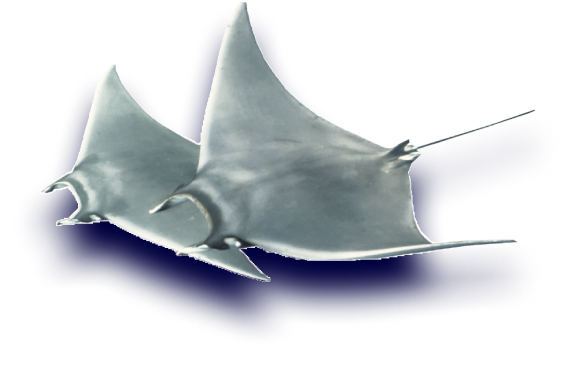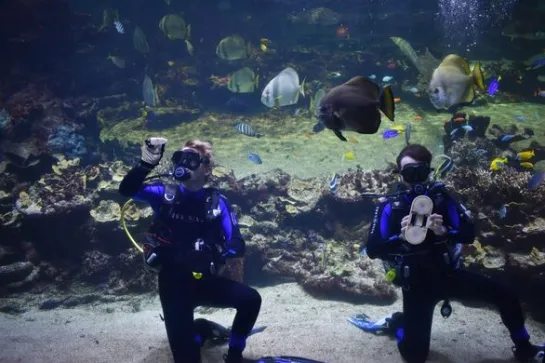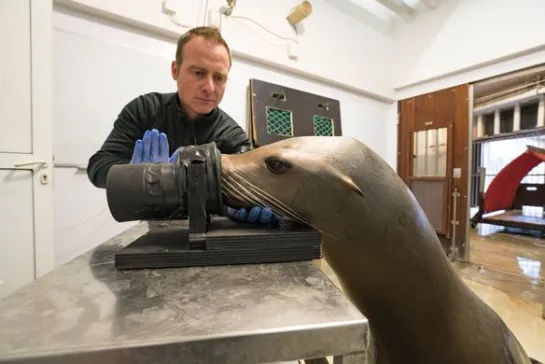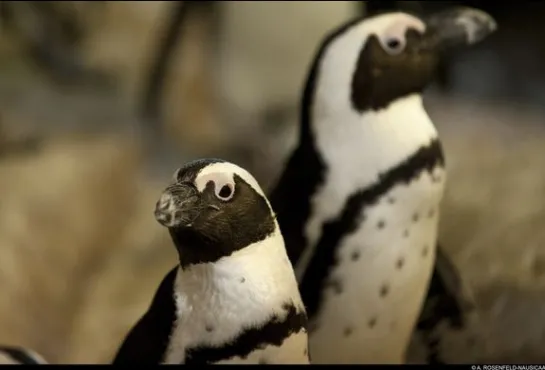Preserving marine biodiversity
Conservation refers to actions taken in the natural environment or in establishments such as zoos or aquariums to preserve wild animal species.
Zoos and aquariums provide optimum conditions for the species presented to the public, guaranteeing a healthy genetic heritage for the species by monitoring them. They are also involved in ex-situ preservation programmes and conservation actions in the field.
Nausicaá has just published its 2024 activity report on conservation and research, as required by the regulations governing the operation of establishments presenting living things.








